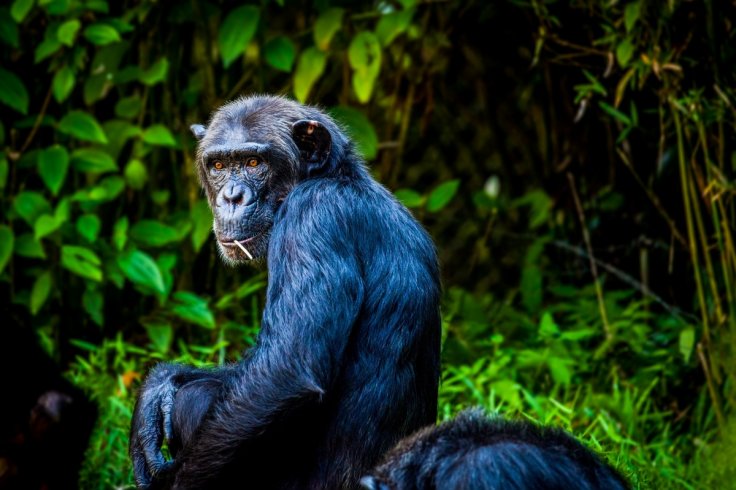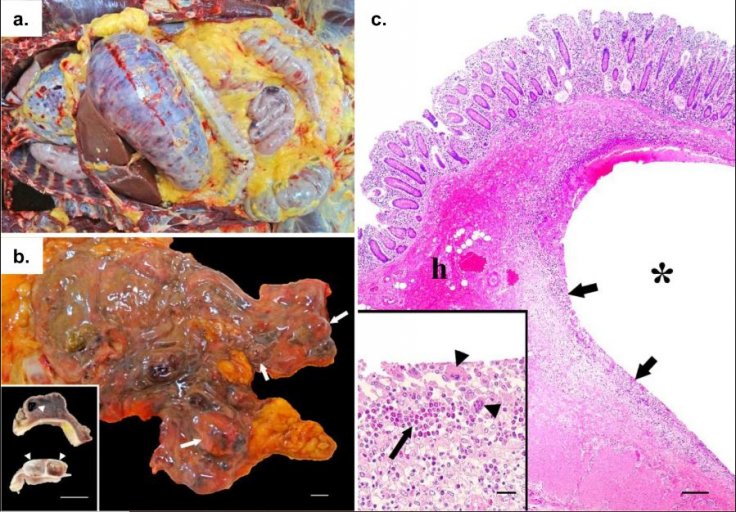At a sanctuary in Sierra Leone, in West Africa, a fatal and new disease has been killing chimpanzees for several years. But now researchers reported about the disease for the first time and they worry that the bacterium will jump to humans.
The international team of scientists led by researchers at the University of Wisconsin-Madison reported about the disease on Wednesday, February 3 in the journal Nature. This disease is caused by a newly discovered species of bacterium.
Even though the illness in chimpanzees has yet to be found in humans, these two species share almost 99 percent of their DNA—and that is causing concern among the researchers.
Tony Goldberg, one of the authors of the paper and a University of Wisconsin-Madison professor of epidemiology, said: "There are very few pathogens that infect chimpanzees without infecting humans and very few pathogens that infect humans without infecting chimpanzees."

Disease, Apes and Humans
Deadly diseases like HIV and Ebola have jumped from great apes to humans, while other illnesses such as polio and influenza passed from humans to apes. Even though diseases with 100 percent fatality rates are rare, Goldberg said the staff at the Sanctuary in Freetown, Sierra Leone are extremely worried. "It looks like something we need to be concerned about," he added.
The newly found bacterium Sarcina troglodytae is causing the disease called Epizootic Neurologic and Gastroenteric Syndrome, or ENGS.
The illness first appeared in 2005. The first victim of the ENGS was a healthy chimpanzee. The affected chimp started to move around like a drunk and developed a nervous system disorder known as ataxia. Other victims of the disease also suffered from bloating of the stomach and appeared to die from gas that got inside the tissues of their intestines.
The director of the Karen C. Drayer Wildlife Health Center at the University of California, Davis, Kirsten Gilardi, who was not involved in the new study called the research findings "a comprehensive and elegant disease investigation."
She also said that the researchers involved in this new study have used several scientific tools, including whole-genome sequencing to solve a mysterious chimp disease that kept scientists in a puzzling situation for many years.
Sharon Deem, director of the Institute for Conservation Medicine at the Saint Louis Zoo, said: "They did a very sound study. I think they did a great job on the epidemiology all the way up to the new genomic techniques."

Sarcina Troglodytae
The researchers found only 44 cases of humans having been infected by the same general category of bacteria, Sarcina.
The new bacterium, Sarcina troglodytae, got the name from "Pan troglodytes," the Latin word for the chimpanzee. As per the findings, it can apparently live-in soil.
It is not known specifically how the chimpanzees ingest the bacterium. But scientists found it in the brain and in the lungs and tissue of the chimps. As per its genetic script, the bacterium had a set of genes that are not present in its relatives.
The researchers said that in an infected chimp, cells from the bacterium had released carbon dioxide and ethanol that may trigger neurological and gastrointestinal problems. However, it was also noticed that the bacterium is also capable of getting inside of animal's internal organs and brains.








